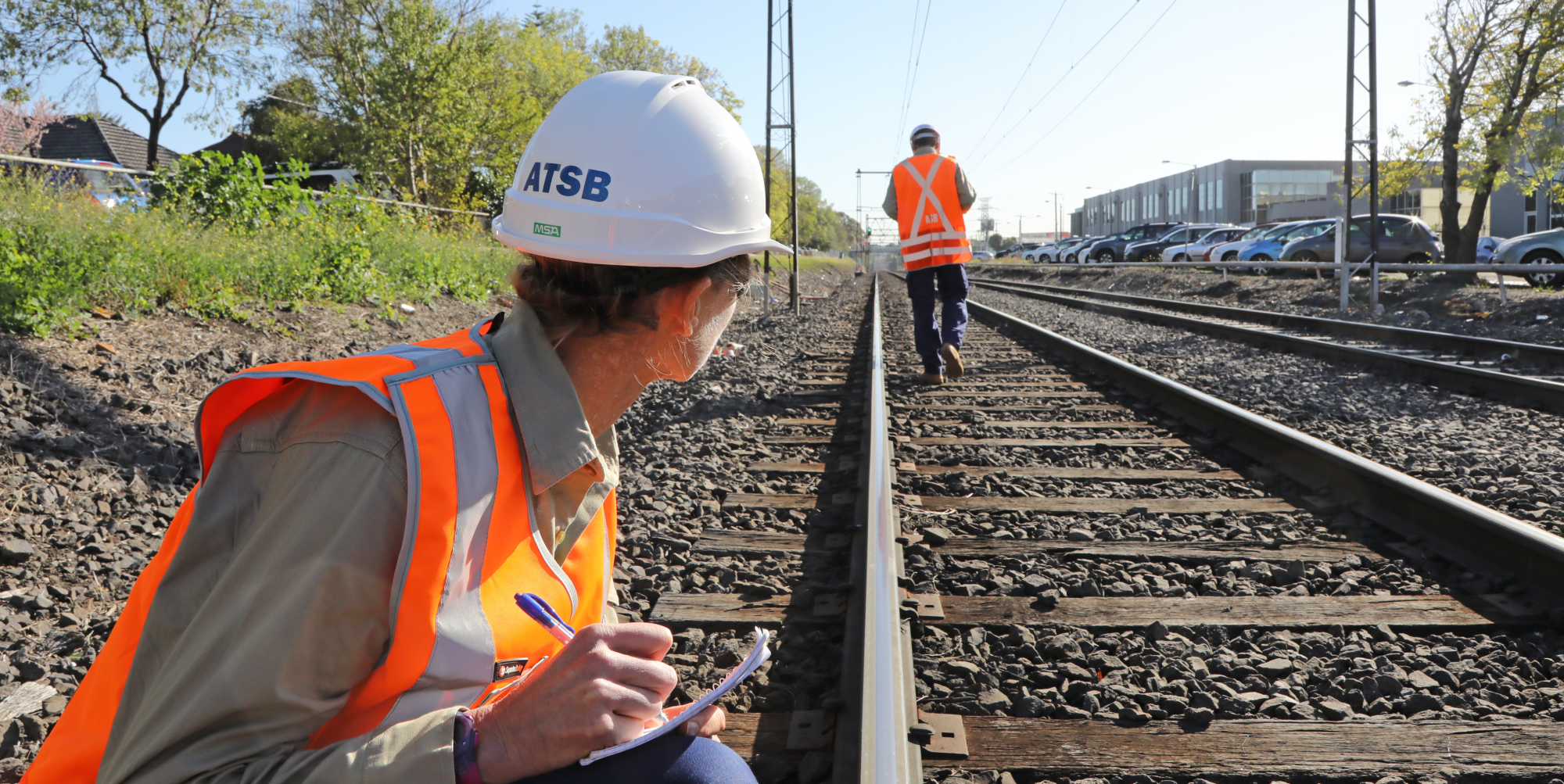
Australia's national transport safety investigator
Improving transport safety for the greatest public benefit through independent investigations and influencing safety action.

Improving transport safety for the greatest public benefit through independent investigations and influencing safety action.
Report releases and safety information